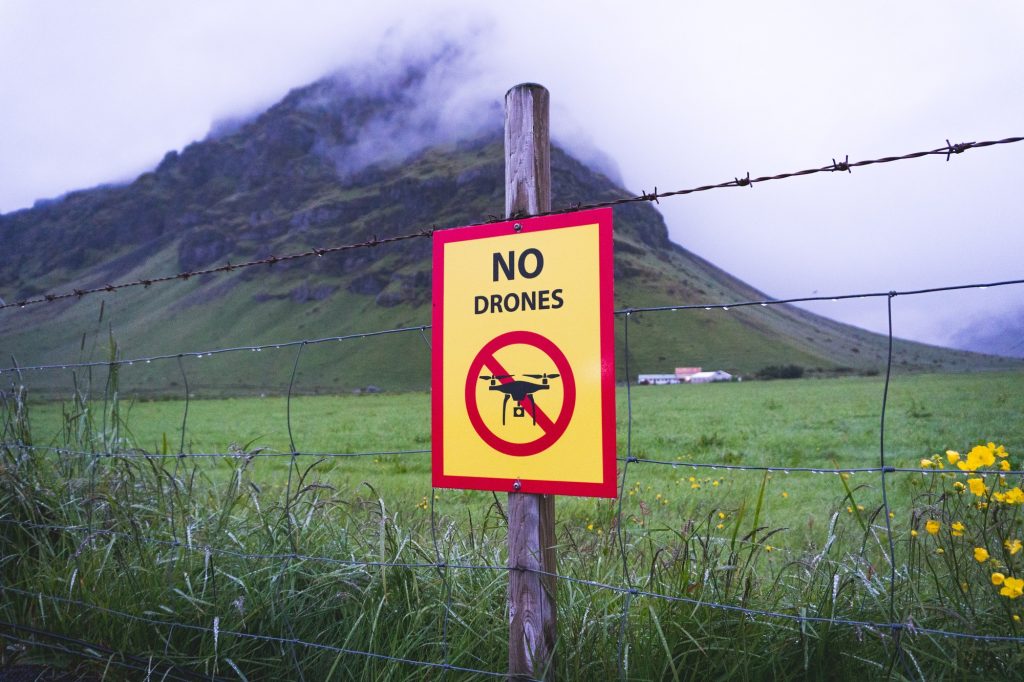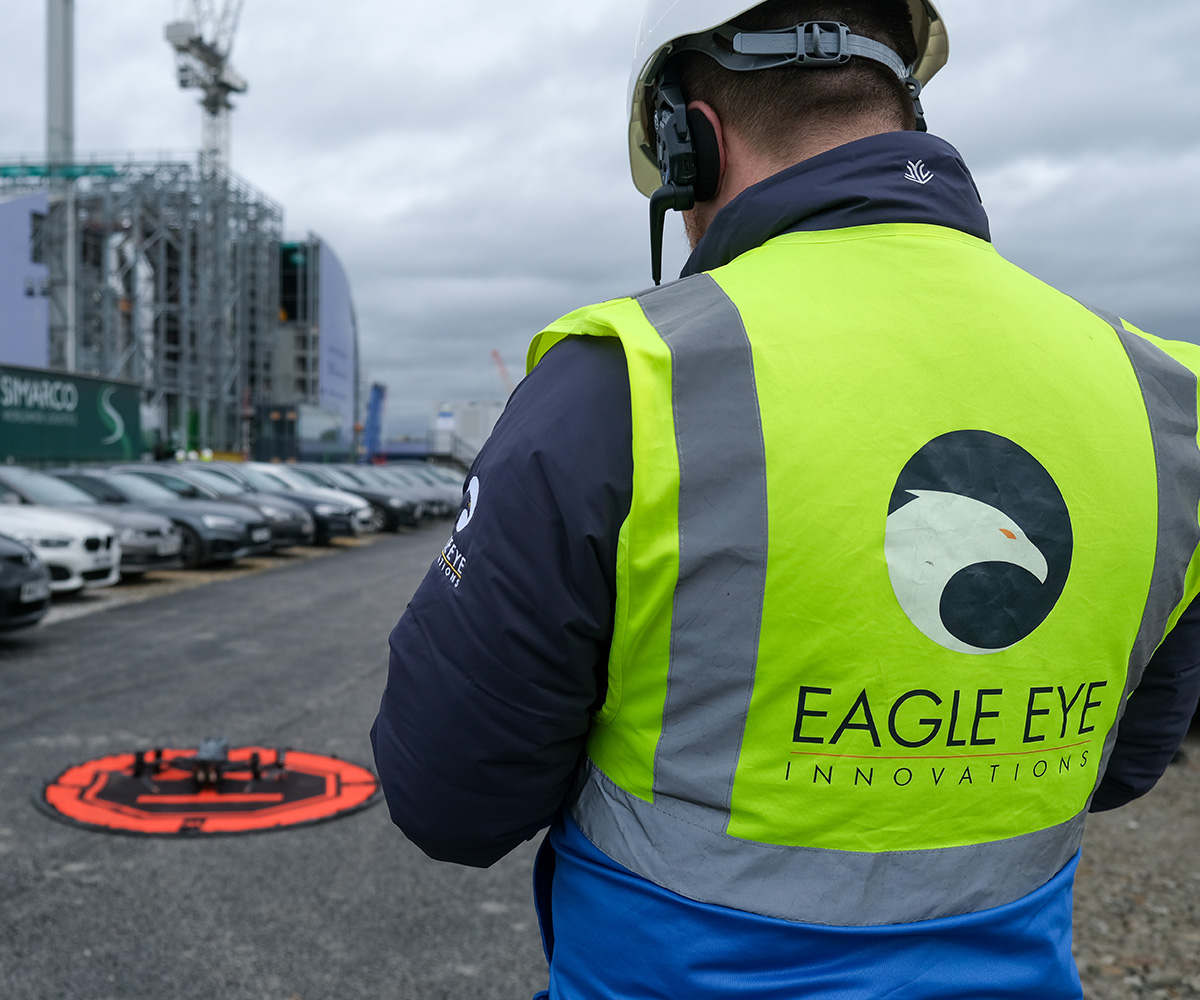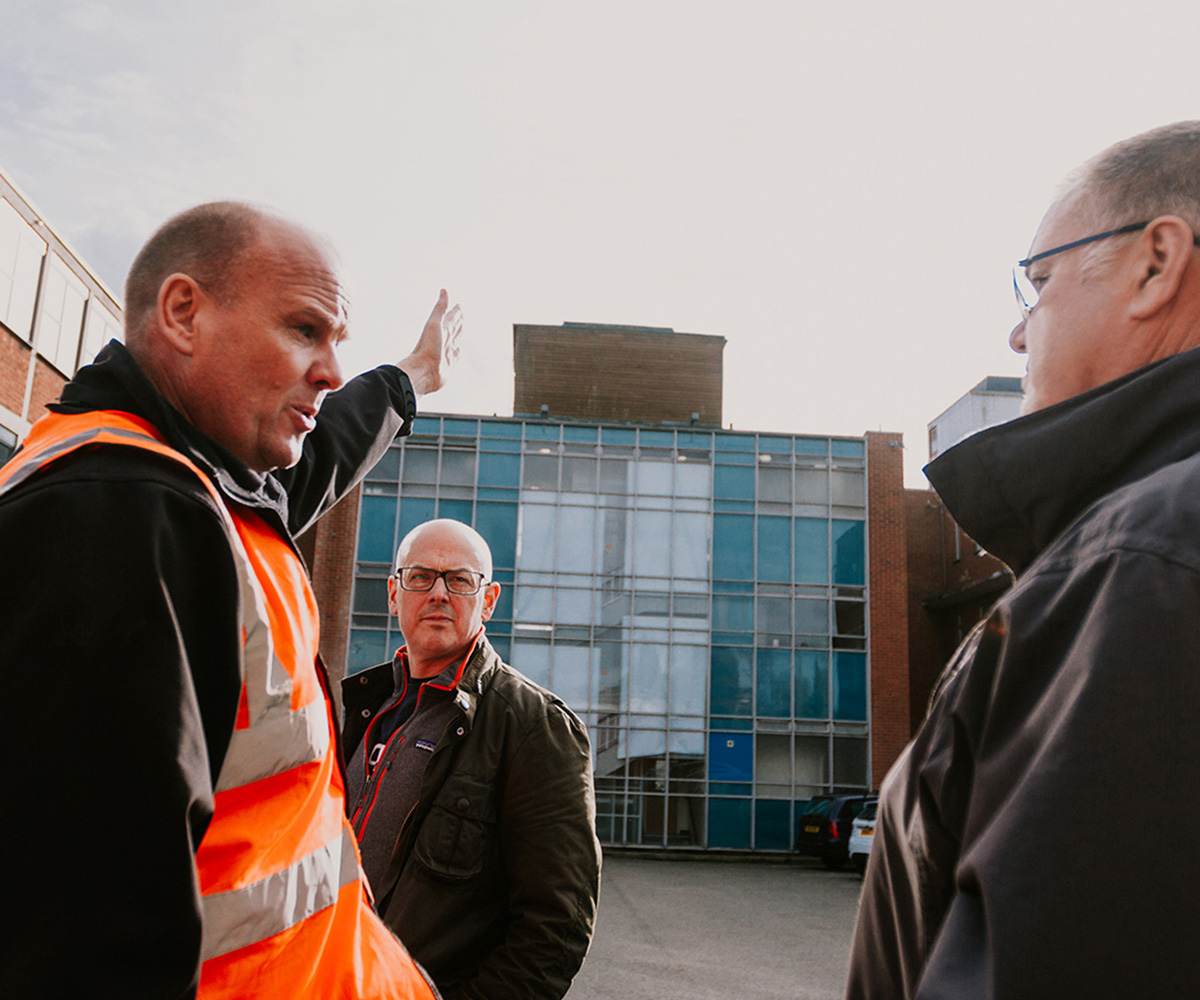
Learn about Eagle Eye Innovations and the people at the heart of the organisation.


As a professional business using drones, our ability to achieve successful outcomes rests on a wide variety of factors. One of these is the public perception of drones as having societal benefits and that they do not present unmanageable risks to the public as they go about their normal day-to-day activities.
A challenge to the latter, and a timely reminder of the dangers that could posed by irresponsible drone operators, has been the recent court case resulting in the conviction of a man who admitted flying his drone in close proximity to a World War 2 Hawker Hurricane fighter aircraft. Mark Bagguley, 45 from Buxton, had admitted operating the drone at the local town carnival where a local temporary airspace restriction was in place for a fly-past by the RAF’s Battle of Britain Memorial flight, a unit established to commemorate vintage aircraft from the RAF’s illustrious history.
In recent times, there is often an ‘us and them’ dynamic to the discussion on the risks drones present to the manned aircraft community and one way to address this would be for the respective communities to understand a little more about what the others’ operational environment is like. During my time as an Air Traffic Controller in the RAF we benefitted from an initiative which allowed us to fly as passengers on the aircraft we would be controlling, an activity that I found very useful in understanding your customers working environment. Drone operators would do well to understand the risks they present by doing a similar activity, imagining how a pilots cockpit experience might be and how operating drones in that environment might cause risks.
I was privileged, back in 2019, to be able to sit in a Hurricane aircraft that had been recently restored to flying condition. I learnt two things. Firstly, that aircraft of that era were not designed for modern body sizes (I’m 6 foot 3) and to say it was cramped was an enormous understatement! Secondly, and relevant to the potential mid-air collision risk in this incident, when the cockpit canopy is closed the view forwards for the pilot is severely restricted due to the limitations of the canopy design. It must have been very difficult in a Battle of Britain dog fight, but on the day in question over Buxton, the RAF pilot would have found visual acquisition of the drone very difficult, if not impossible.
The drone operator had placed his system in a position to get the best possible imagery, no doubt for a shot or video designed to give the most impact. In doing so, he had significantly eroded the various procedural and regulatory control measures in place to reduce risk and the fact that a collision didn’t happen was extremely fortunate. We only have to see the result of the events of the Shoreham Air Disaster in August 2015 to know that the failure chain, if not broken by a control measure or mitigation, can lead to tragedy.
The drone operator in question is due for sentencing on March 2nd and it remains to be seen what that will be. It should be sufficient though to reassure the public that the authorities will pursue and prosecute in cases like this whilst emphasising to potential infringers of the rules that they won’t do so unchallenged and that the consequences are real. The fact that police forces in the UK have the appetite to investigate and pursue operators who breach the rules and put people in danger is a welcome feature that I hope continues so that we can all safely enjoy and exploit the air as a means of both pleasure and business.
Written by Craig Lippett, Head of Technical Services
Training

The construction industry operates in a dynamic environment characterised by tight deadlines, complex project requirements, and stringent safety regulations. But how can drones revolutionise onsite operations and safety?
Training

Keeping farms and agricultural sites safe is becoming increasingly important, especially as we head towards the warmer summer months. But always keeping such large areas of land safe traditionally requires increased manpower, spending on security systems and time that those... Read more
Training

In the rapidly evolving landscape of technology, drones have emerged as versatile tools, transforming various industry sectors, particularly the utilities sector. Drones have fast become one of the best ways of improving health and safety on site, but in order... Read more
Training

Drones are revolutionising various aspects of the UK rail industry, from infrastructure inspections and drone mapping for railways, to emergency repair response. But what are the benefits?
News

In light of the Protector RG Mk1’s first flight from RAF Waddington, we wanted to highlight the differences in the MQ-9 Reaper and the new MALE platform.
Training

Over the years, drones have crept their way further into the Superyachting industry. But how does having the right drone training and efficient drone pilots really add benefit out on the water?